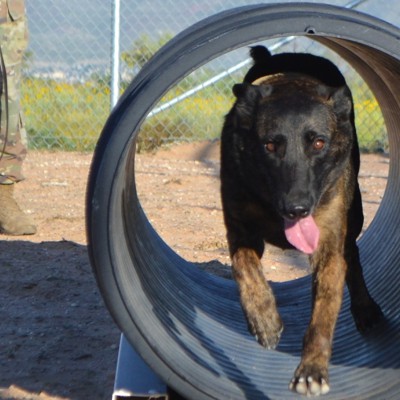- Joined
- 9 October 2009
- Messages
- 21,973
- Reaction score
- 13,626
http://www.telegraph.co.uk/history/world-war-one/11069681/Heroic-First-World-War-horse-Warrior-receives-animal-Victoria-Cross.html
Grey Havoc said:http://news.yahoo.com/mice-given-human-brain-gene-learned-tasks-faster-190148774.html
Rats used in the study were paralysed by having their spinal cords severed in the middle of their backs.
No signals from their brains were able to reach the lower spinal cord. But sending an electric current into spinal nerves via surgical implants enabled them to walk while held upright on a treadmill.
cluttonfred said:Rats used in the study were paralysed by having their spinal cords severed in the middle of their backs.
No signals from their brains were able to reach the lower spinal cord. But sending an electric current into spinal nerves via surgical implants enabled them to walk while held upright on a treadmill.
Sucks being the rat.
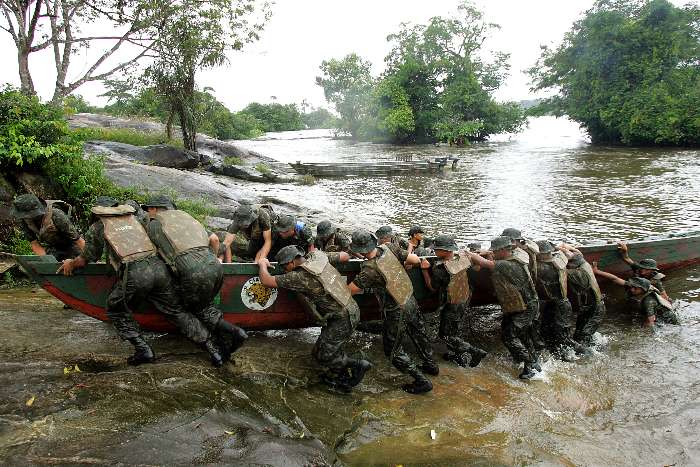
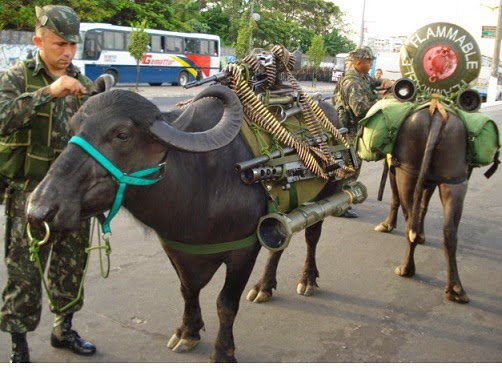

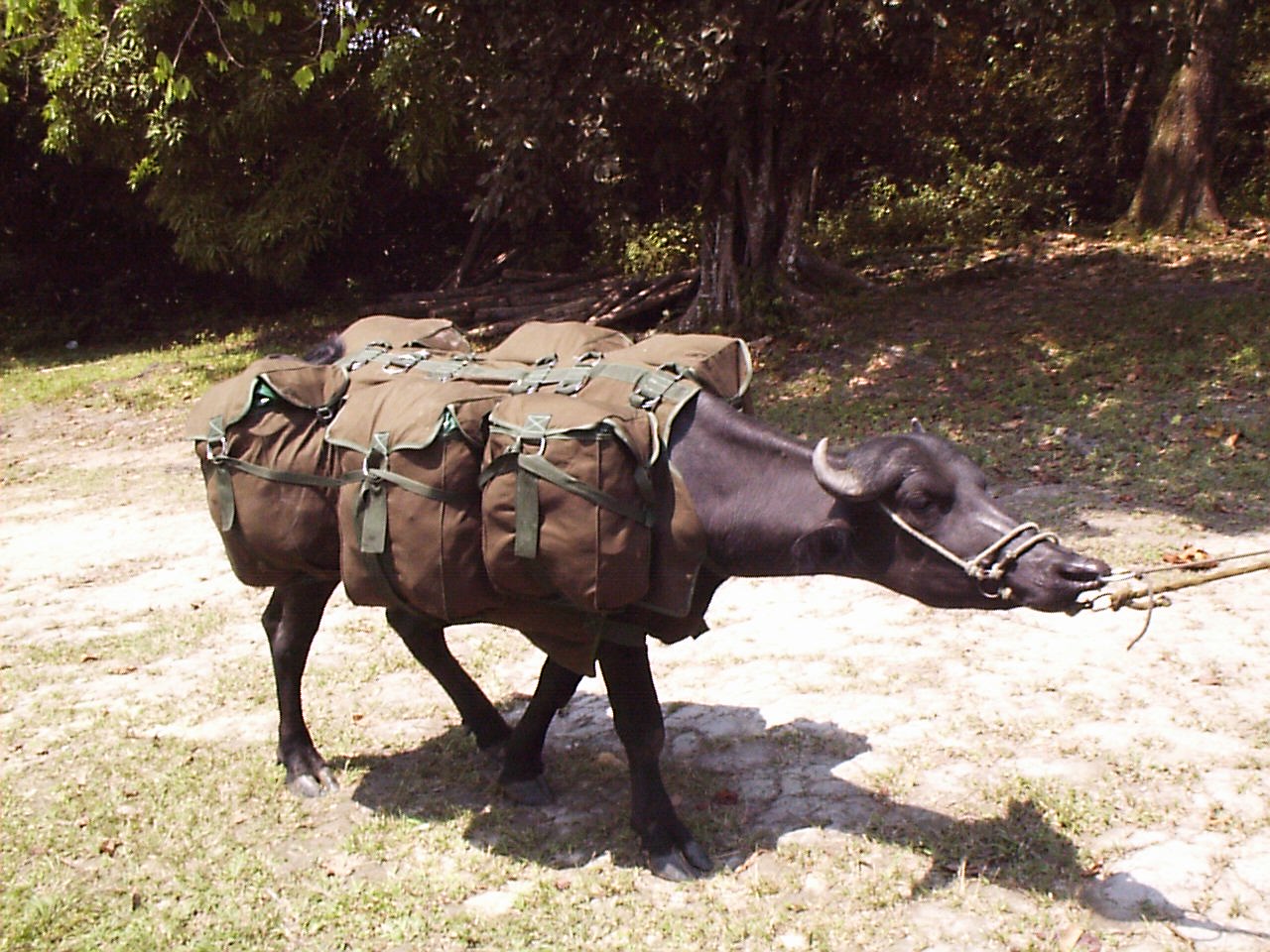

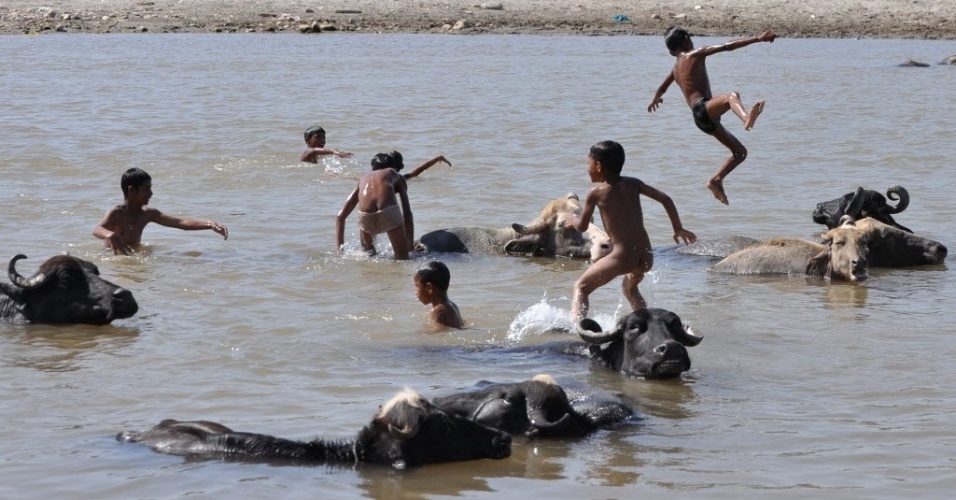



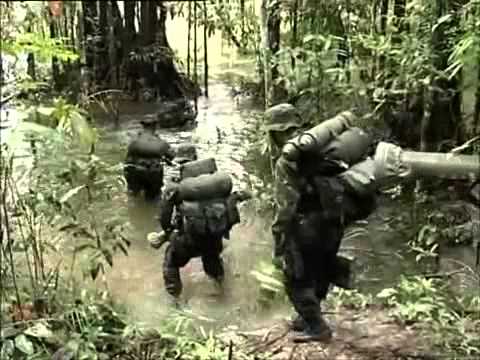
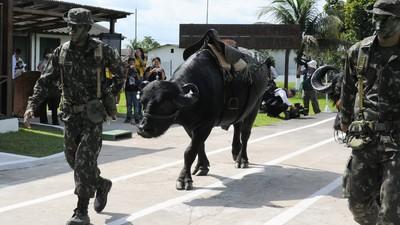

Amazing thank you for posting.carvalho2008 said:Here in Brazil, we have an elite unit for jungle warfare.
The Amazon rainforest is one of the most inhospitable places on human life, making even the most dense tropical forests appear fields and prairies. Highly humid and hot, soggy terrain, difficult and preclude the use of transportation vehicles. Only the canoe and helicopters can be used there.


CIGS - Buffalo Project
Hiram Reis e Silva, Itacoatiara, AM, January 3, 2011.
"The forest does not belong to the strongest but the most skilled, the tougher and more sober."
- Material Transport in Selva environment
Based on publications of the Division of Doctrine and Research CIGS
The War Instruction Center Jungle (CIGS), since its inception, sought to resolve the issue of transport of weapons, ammunition, water, feed and equipment for troop fractions engaged in operations in the jungle. The demand for an efficient means of transport and low cost based his research on the use of bicycles and load animals which might be trained for this purpose.

The first attempt made during the command of Colonel Gellius Fregapani, intended to use a tapir trained since childhood to suit operational needs observed by the troops in the Amazon. a special yoke secured to the back of the animal into which it has been adapted to small weights placed, but the animal never bucked and adapted to be free of load, is not subject to the training.
Back in 1983, a project was developed using mules. The animal was taken to the Instruction Base No. 1, located at kilometer 55 of Highway AM 010. After being established goals and a schedule of work, began the practical phase. The first test assessed the mule's behavior under a load of 60 kilograms of supplies, mounted on cages made from straw. The animal should make a move "through the jungle" of approximately 2,000 meters. To reach the first socavão, about 800 meters from the base, where there was a chavascal, the animal balked and refused to go on. As the mules had serious problems in the veterinary field and limitations to overcome natural obstacles quite common in the Amazon jungle, the project was abandoned by the animal unfit for the jungle environment.
More recently, in 2000, the Doctrine and Research Division has developed another project using the bike for the carriage of cargo. This idea came from the special technical study used by the Vietcong in the war against the USA in the late 60s and early 70s Resistant Soviet-made bicycles were viable in Vietnam, where the physical geography of the jungle enabled the opening trails and the wide use of abundant and cheap labor. Due to the great physical effort expended by the man to push the bike, it was not approved as an option for logistics inside the jungle.

- Buffalo Project History
With the continuation of studies was finally reached to the buffalo, animals have adapted successfully in the Amazon, rustic and with several characteristics that were to meet the military requirements for the use of animals. The so-called Buffalo Project was born in 2000, and has proved to be one of the solutions to the needs of the Brazilian jungle troops due to the animal's resistance, its adaptation to the environment and especially their ability to carry 400 kg or more load on the back or even three times that, when pulling carts.
The first and only information about Buffalo job, it was not for human consumption, was based on a photo of a postcard. In this depicted the use of the animal card for patrolling purposes the 5th Independent Company of the Military Police (5th CIPM) in the city of Soure, on the island of Marajó- PA. There has been some preliminary contacts to try to facilitate the donation and transport of a Soure animal for CIGS. Due to the high cost and the lack of a closer contact, it was decided to try to get an animal near Manaus. It was given a couple of buffalo with 4 months of age, the Mediterranean race. The animals were transported in Itacoatiara for CIGS on June 12, 2000, and immediately sent to the village of Puraquequara and from there, in Boiadeira vessel until Instruction Number Base 4. The Division of the Doctrine and Research presented the master of a job offer that allowed to take the first steps for the project, unique in the world, using wild animals for the carriage of cargo inside the forest.

From the beginning, it was observed that all military personnel involved should have some features that were to facilitate the progress of work, such as patience - to face the stubbornness that the animals had to perform certain activities; rusticity - to face the difficulties of the terrain through which the animals moved; physical force - to push, pull, load the material, the carts, his pockets loaded with material, swim with the animals in streams etc. In addition to these features, must demonstrate selflessness and initiative - to address the adverse reactions presented by the animals that were unusual and often with a relative risk to the physical integrity of the man, leaving them to decide how best to attain the proposed objective . With regard to effective to be used in the project, one can conclude that a man for each animal is necessary, in the dressage phase, that is, from the first steps to conduct the rope, work on the trails in the streams, power among other numerous activities.

- Tactical Vest Carrier
At the beginning of the project, the primary objective was to tame the animals, going to them characteristics that come to facilitate the achievement of the goals set out in the submitted Work Proposal. Since the initial phase, it was sought to develop a vest that could condition the material would be loaded, that is, at first it was essential that the animal get used to something on your back. To this end, it developed a kind of vest called by the team as "tactical vest carrier." The vests developed allowed them to be administered incremental weights on the backs of buffaloes, packed in pockets of varying sizes - all made of highly resistant canvas.
With the progress of work, there was the need to improve these materials. With each new attack in the jungle, a new idea emerged and was applied immediately. With the onset of draw works, it was necessary to purchase cars manufactured specifically for this purpose. Seeking to know the feasibility and suitability of animals for human transport, were acquired, the island of Soure-PA, two cells designed specifically for this purpose.

- Conclusion
The employment experience chargers troops during Operation Mura held the 1st Jungle Infantry Battalion in 2000, the military is using the 12th Supply Battalion to compose this fraction showed that the man could not bear, as if expected, the terrain adversity. After 10 days of travel with an average weight of 30 kg to resupply caches in leased spots inside the contest area, the troops appeared jaded and unable to continue the mission. Allied to this fact, it is noteworthy that in addition to having to carry the material to be ressuprido, the charger have to take your individual material (food, ammunition, hygiene material, change of clothes, among others). Thus, 30 kg would be most ressupridos the material of man rises to about 41.5 kg. It was found that the average displacement of a troop on foot in varied terrain, which is 1km / h, was reduced to 0.6 km / h, tending to decrease, as part of the troops showed symptoms of fatigue, imposing if the need to share the weight among men who were still in the charger mission.


The tactical use of buffalo in operations in the jungle aims to have him as a collaborator, a facilitator, finally an alternative means to transport the various possible loads. Thus, their collaboration is to remove the weight of the man, saving efforts by the employed troops on resupply, allowing the maintenance and increase of combat power, lengthening the stay of man able to fight longer and in better conditions . It can be framed in fraction of any level or with a team of replenishment without restrictions on the use of time as well as on the ground to be covered, in order that the animal has good vision at night and is already adapted to aquatic life. As for food, there is no need for great concern troop in ressupri want it because it eats everything and has the ability to synthesize lower vegetable protein, needing little food supplement, which he may carry.
Colonel Engineering Hiram Reis e Silva
Professor of Military School of Porto Alegre (CMPA)
President of the Friends of the Brazilian Amazon Society (SAMBRAS)
Academician of the Academy of Military History Land of Brazil (AHIMTB)
Member of the Institute of History and Traditions of Rio Grande do Sul (IHTRGS)
Emeritus Senior League National Defense
Site: http://www.amazoniaenossaselva.com.br
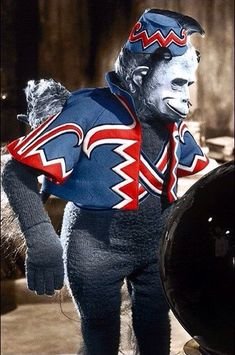
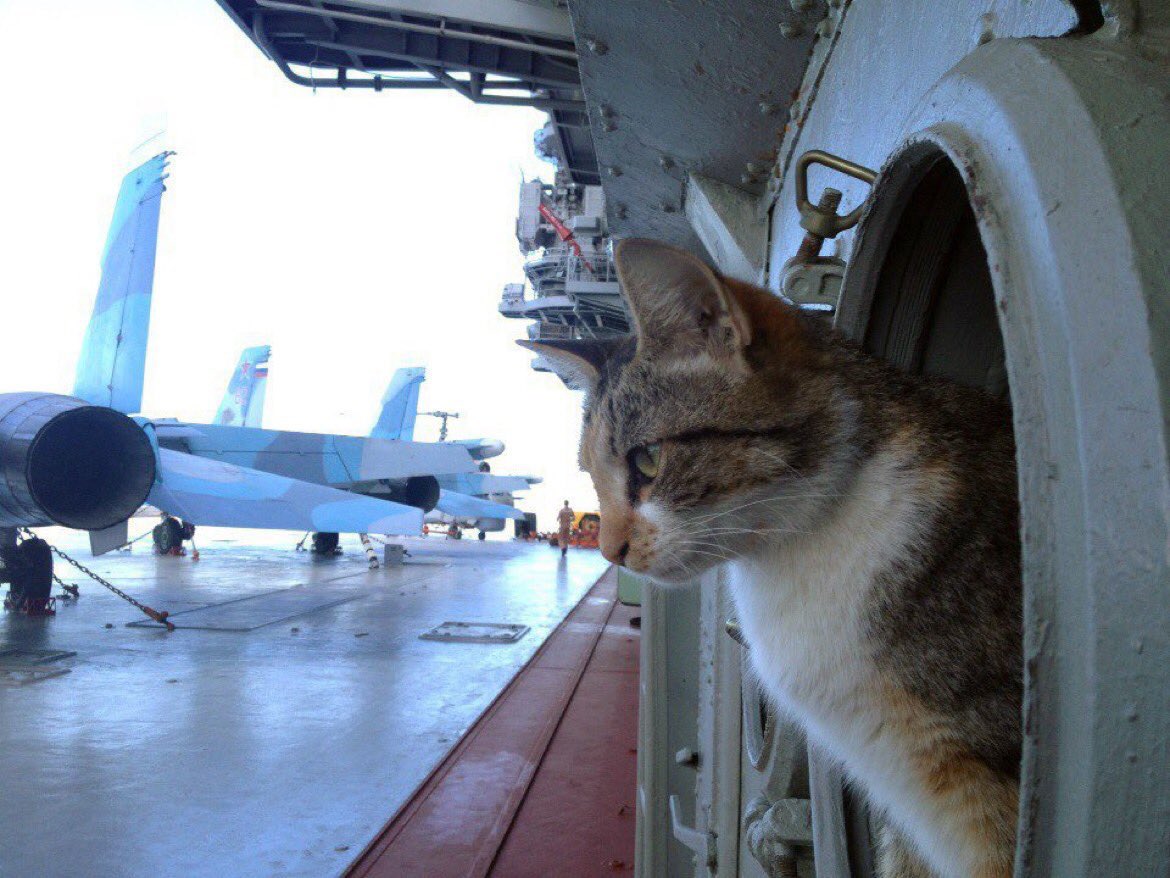
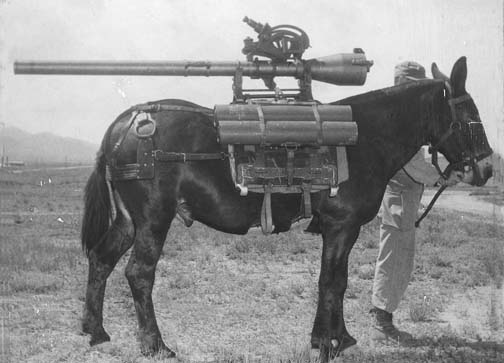
Grey Havoc said:
http://www.tboverse.us/HPCAFORUM/phpBB3/viewtopic.php?f=6&t=20535&start=40#p275159


Interestingly, Regimental Horse Platoons proved very useful in the United States Zone Constabulary for both patrol and search & seizure operations.
OTARU, Hokkaido--Hinomaru flags are waved and celebratory banners are displayed in a short wartime film starring relatively unknown combatants departing Japan for battlefields in China.
The one-minute movie for children was filmed 81 years ago and shows well-wishers seeing off a parade of dogs here in southern Hokkaido.
“Military dogs are performing distinguished service alongside troops,” the narrator in the film, titled “Gunyoken no Shussei” (Deployment of military working dogs), says. “This is a story about brave dogs that took off to battlegrounds from a city in Hokkaido.”
The Asahi Home Graph news film was one of 32 recordings that were returned to Japan. They were seized by U.S. occupation forces and taken to the United States after the end of World War II.
The film about the dogs was produced by The Asahi Shimbun and shown at theaters during the war.
In the parade in Otaru, the military dogs and their owners departed Sumiyoshijinja shrine, a local landmark where many festivals and events are still held today, and headed toward Otaru Station. The locals gave hearty cheers to the canines as they walked down a main street.
The film is believed to have been shot in early May 1939, shortly before the Nomonhan Incident in which the Soviet army and the Imperial Japanese Army clashed near the border of Mongolia and Manchuria in northeast China.
Two days after the parade, The Asahi Shimbun’s Hokkaido edition carried the story about the canine soldiers along with two photos. The headline read: “Military dogs heroically head to battlefield.”
The Tokyo-based military dog association reported in its journal the following month that the Otaru mayor visited the association’s branch in the city to give words of encouragement.
[snip]

In 1964 – during the Confrontation with Indonesia – Baty, then a sergeant, was serving in Sarawak, Borneo. He was in charge of an Argyll tracker team and had under his command five regimental soldiers, a Royal Army Veterinary Corps corporal, two dogs, and two police force field trackers.
During the night of August 2, an Argyll platoon position at Pa Butal was fired on by an Indonesian mortar unit. Baty and his team were flown to the position at first light the next morning. They had orders to find the enemy and had half a platoon in support.
At about 08.00, Baty established that the Indonesians were some six hours ahead of him. He followed fast, and at midday, the dog, Desmond, pointed to an enemy position and was replaced by visual trackers.
